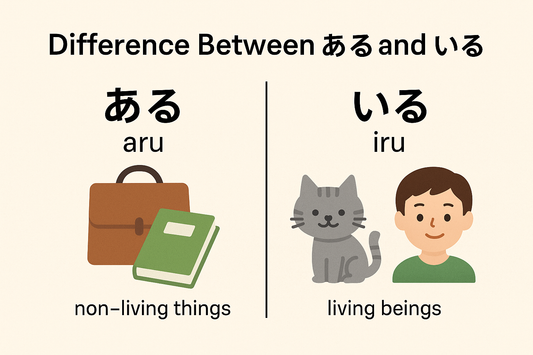Learn Japanese
Why is できました translated as ‘was created’ even though it isn’t the passive form?
A concise guide to why “dekimashita” is rendered as “was created” without passive voice, explaining resultative meaning, contrast with “tsukuru,” and natural translation choices in English.
Why is できました translated as ‘was created’ even though it isn’t the passive form?
A concise guide to why “dekimashita” is rendered as “was created” without passive voice, explaining resultative meaning, contrast with “tsukuru,” and natural translation choices in English.
Understanding ため, から and ので in Japanese: Purpose and Cause
This article explains the use of the Japanese particles tame, kara, and node, highlighting their different meanings and grammatical contexts for expressing purpose and cause. It includes examples and a...
Understanding ため, から and ので in Japanese: Purpose and Cause
This article explains the use of the Japanese particles tame, kara, and node, highlighting their different meanings and grammatical contexts for expressing purpose and cause. It includes examples and a...
Understanding ほど: 5 Key Uses with Clear Alternatives
Explore the 5 main uses of the Japanese particle “ほど” for expressing comparison, intensity, proportional relationships, approximation, and reference level, each with clear and natural alternatives in everyday Japanese.
Understanding ほど: 5 Key Uses with Clear Alternatives
Explore the 5 main uses of the Japanese particle “ほど” for expressing comparison, intensity, proportional relationships, approximation, and reference level, each with clear and natural alternatives in everyday Japanese.

What's the Difference Between ある (aru) and いる (iru)?
Confused between ある and いる in Japanese? This clear comparison article shows when to use each verb, with furigana and deeper insights on meaning.
What's the Difference Between ある (aru) and いる (iru)?
Confused between ある and いる in Japanese? This clear comparison article shows when to use each verb, with furigana and deeper insights on meaning.
How to Use ばかりです (Bakaridesu) in Japanese | Just Happened and Repetition
Learn how to use ばかりです (bakaridesu) in Japanese to express that something just happened or criticize continuous actions. Master both neutral and negative uses.
How to Use ばかりです (Bakaridesu) in Japanese | Just Happened and Repetition
Learn how to use ばかりです (bakaridesu) in Japanese to express that something just happened or criticize continuous actions. Master both neutral and negative uses.
What is Kenjougo (謙譲語)? Japanese Humble Language
Kenjougo is the form of keigo used to lower yourself when speaking. It shows respect by making your own actions humble, especially in formal or business situations.
What is Kenjougo (謙譲語)? Japanese Humble Language
Kenjougo is the form of keigo used to lower yourself when speaking. It shows respect by making your own actions humble, especially in formal or business situations.
